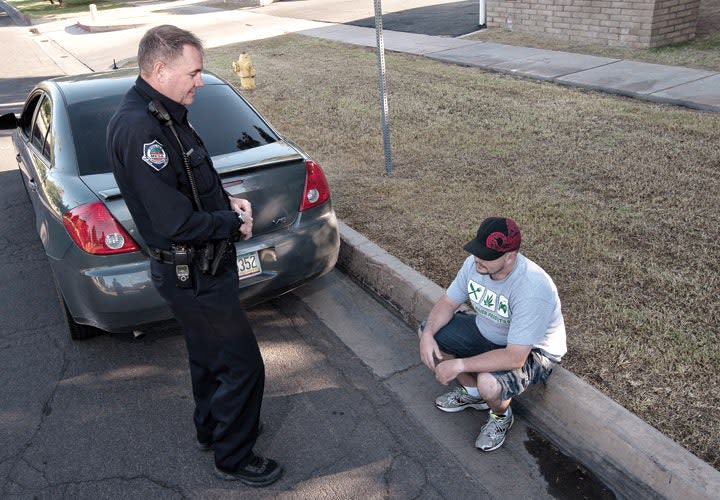The discussion of how to reduce police use of force in the United States did not begin with the outcry that followed the fatal shooting of strong-arm theft suspect Michael Brown by then Ferguson, MO, police officer Darren Wilson in August 2014. But Ferguson and other controversial police encounters with "unarmed" persons and knife-wielding subjects have put a spotlight on police tactics and training and have led to the implementation of policy changes and training in de-escalation tactics at numerous agencies.
A recent controversial report by Washington, DC-based criminal justice think-tank the Police Executive Research Forum (PERF) lists 30 guiding principles for law enforcement use-of-force policy and training. At least eight of the guidelines directly mention de-escalation or discuss aspects of how officers can reduce force by backing off in situations where immediate action is not mandated by law or required for officer or public safety. The PERF guidelines were the product of a conference that included chiefs, public officials, and trainers












